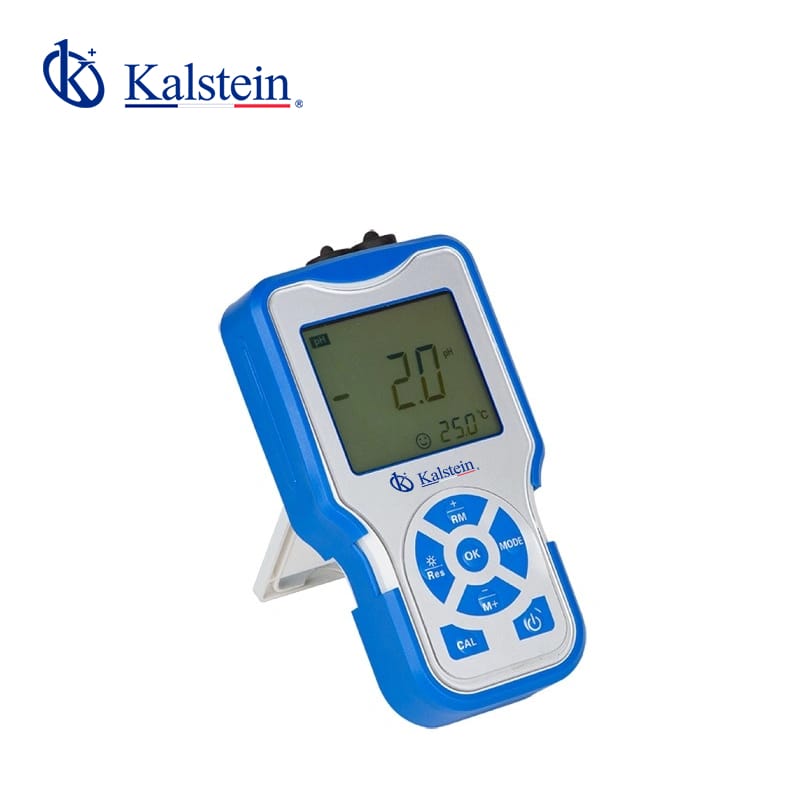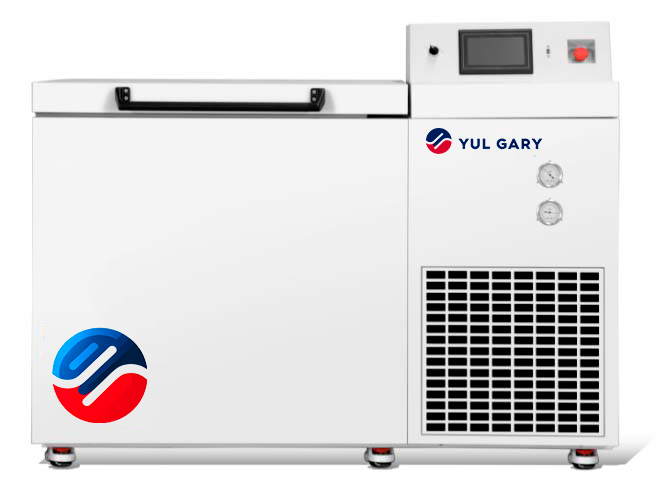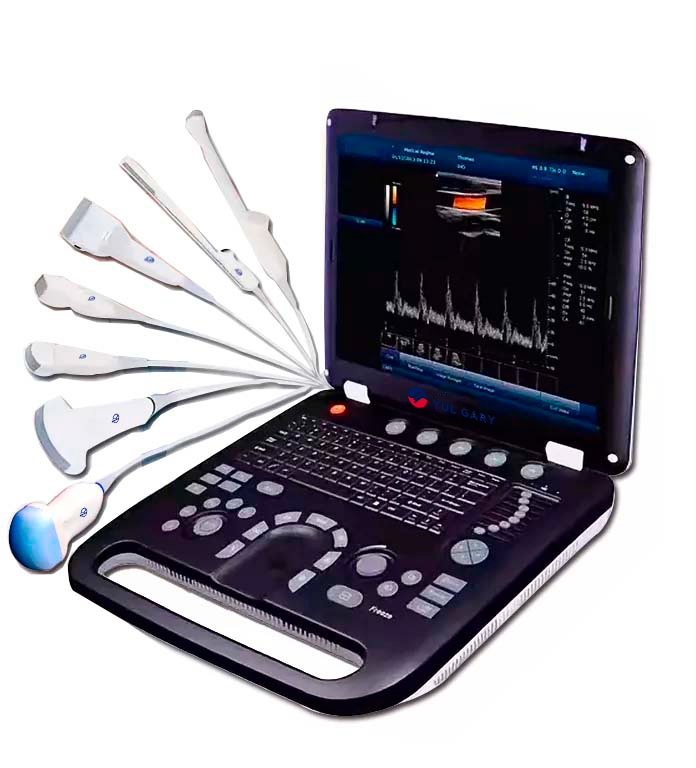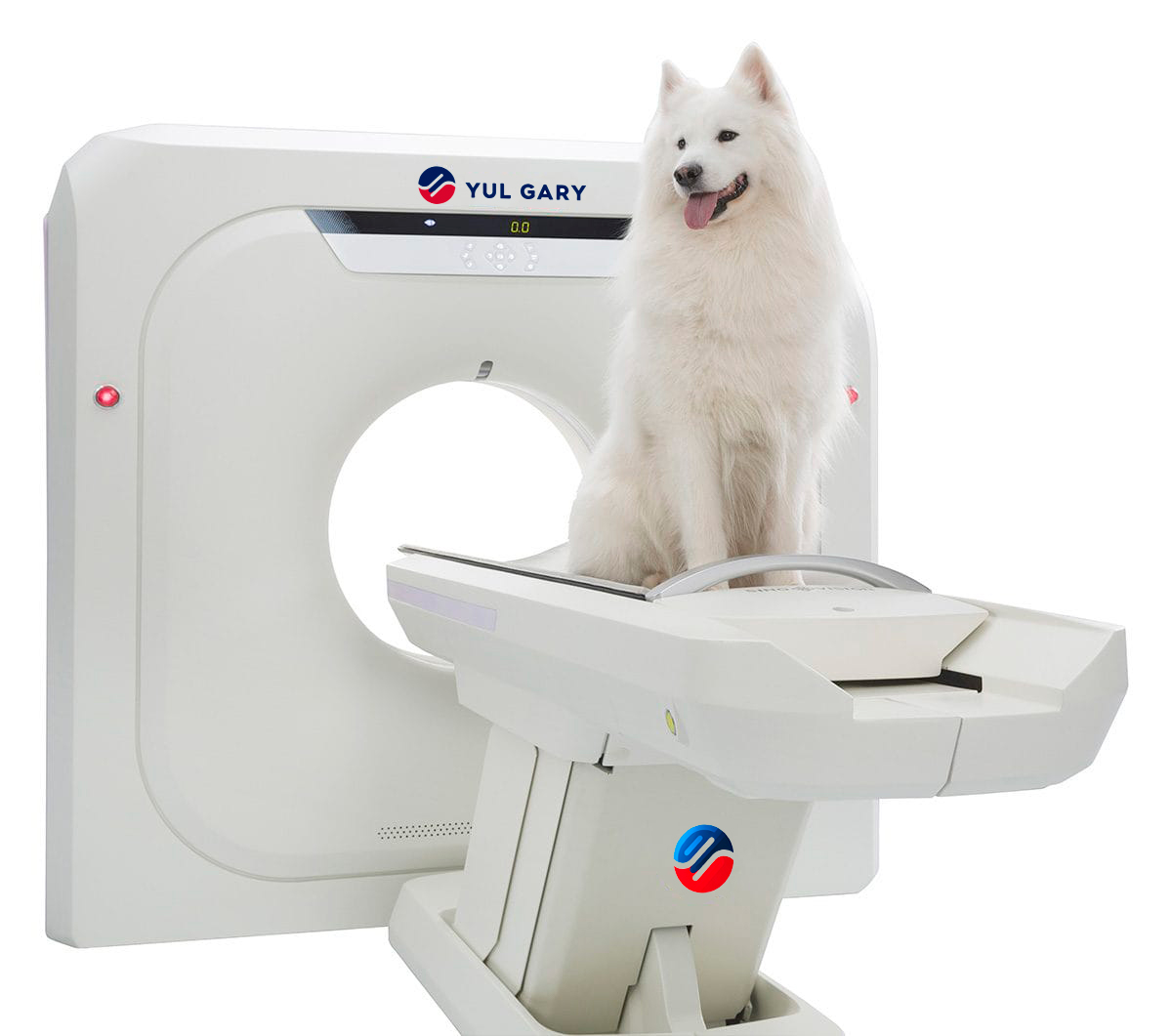Currently, there are methods that ensure the total solution of the gases, optimizing the use of oxygen to eliminate the contents of excessive gases, and oxygen meters provide those solutions in breweries, where the average is usually ±0.5 ppm the appropriate amount. In order to guarantee the invariable fermentation and minimal damage of beer by excessive yeast production.
For this reason, due to the existence of these atoms, the products must be controlled by the use of oxygen meters. As a result, reliable results can be obtained, as they are able to display typical production values and apply correct methods for high-quality production.
Measures to calculate oxygen in brewing
To take into account the characteristic values of dissolved oxygen, these may vary during the manufacture of beer, with measurements not exceeding 0.05 ppm, depending on whether the measurement is made in purified beers or in beer extract, where it may be necessary that all gases are completely dissolved before being calculated by the oxygen meter.
It should be noted that during the practice, certain steps must be followed, such as:
- The lid should be fully opened and beer flow regulated using the flow control on the side of the equipment.
- The sensor will have the sample pressure and ensure that it does not contain bubbles so that it does not alter the results.
- In order not to generate degassing, the flow rate on the sensors must be low for the determination to be achieved.
- You should not blow air during the measurement process to make the response quicker and error-free.
- It is important to take the temperature into account.
It should be noted that beer is an interest of great economic value and if oxidation changes arise, the consequences are irreversible, so it should be recommended that oxygen sensors must be fully calibrated, installed in the production area of beer.
Our model in Kalstein has programmable points that make the measurements meet the requirements of this sector, since the dissolved oxygen meters have a value that adjusts to any temperature, and the sensors have alarm systems that warn immediately when the connections are empty or clean.
Oxygen Meters to Demonstrate Product Quality
In the brewing industry to study the contents of beer barrels, it is advisable to use the dissolved oxygen meters offered by Kalstein, which are the most ideal for the realization of these practices since in the process applies gas pressure in the sample over the vacuum so that the content passes through the oxygen sensors and can calculate the concentration levels. Therefore, in order to carry out these actions, the brewing industry must do so as follows:
- The oxygen pressure applied must exceed the total gas pressure dissolved in the beer contents in order to avoid the formation of bubbles.
- The containers must be measured after filling and before pasteurization, since by means of the mechanisms oxygen reacts very quickly with beer.
- The containers should be shaken before practice in order to level the dissolved gases and the empty space.
According to this, the oxygen that accumulates in the sample, favors the degradation of the taste of beer. That is, the higher the quality of oxygen, the taste changes. According to this, the amounts of oxygen in the containers are analyzed to see if they originate during the filling processes. In other words, the oxygen consumption of an already packaged beer is transformed according to temperature, type of beer and yeast.
Dissolved Oxygen Meters Brand Kalstein
In this category, our users will find the appropriate accessories for all the equipment they want to use. This includes a wide selection of Dissolved Oxygen Meters belonging to the YR series. Which meet certain special characteristics such as: 1 or 2 point calibration points. Temperature compensation from 0 to 50 ° C / 32 to 122 ° F, automatic. Pressure correction 60.0 to 112.5 kPa / 450 to 850 mmHg, manual. Salinity correction 0.0 to 50.0 g/L, manual. If you need to know more about our range of equipment, we invite you to review our catalog HERE





